
views
Understanding Pruning
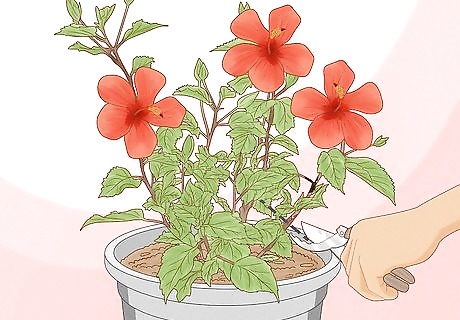
Know why you prune. Hibiscus plants grow with terminal flowers; this means that each flower on a hibiscus plant grows at the end of a branch. Pruning a healthy hibiscus bush will encourage growth and tell the plant to grow more branches, thus producing more flowers. You can also prune a damaged or dying tree to prevent future decay and to promote new, healthy growth.
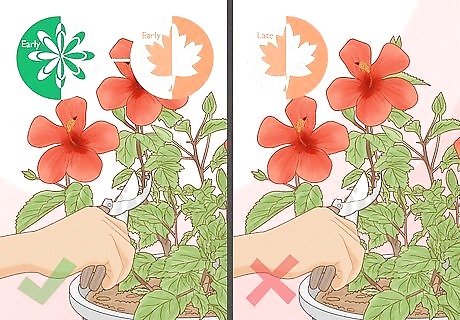
Learn when to prune. Pruning must be timed to line up with the natural growth patterns of the hibiscus plant. You should never prune hibiscus in the late fall or winter, as this will prevent new growth in the Spring. Exact times will vary depending on your location, but generally full/major prunes should be done in the early spring, with minor pruning done up till the beginning of fall around September. If you keep your hibiscus plants inside during the winter, wait until you move them outside to prune.
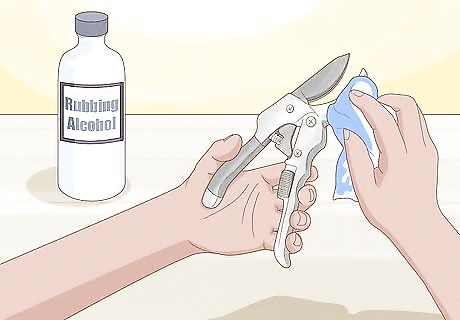
Sterilize your pruning tools. To do damage-free pruning, you'll need to get a very sharp knife, a pair of sharp gardening shears, a pair of sharp lopping shears, and a hand saw for anything too big to be cut with your smaller tools. Sterilize all tools before starting and between pruning each plant, to prevent the spread of disease. You can sterilize with rubbing alcohol, hand sterilizer, or horticultural disinfectant. Your tools must absolutely be sharp; a dull knife, shears, or saw will cause more harm than good if you try to prune with them. Take the time to sharpen your tools, or buy new ones if yours are too old.
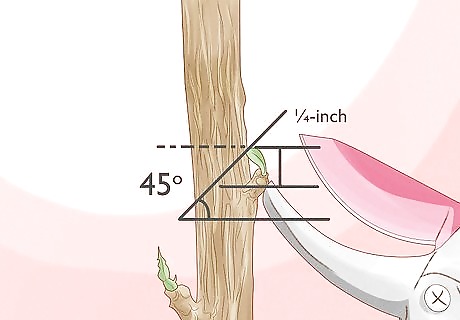
Know where to prune. Keeping in mind that the location you prune is the location of new growth, you always want to prune your hibiscus on branches facing outwards. You'll make all cuts ¼-inch from the top of a node (the location of a leaf/twig) at an upwards 45-degree angle. The lower end of each cut should be near the center of the bush, while the higher end of the cut should be nearer to the outside of the bush. This helps water run off the cut surface instead of pooling, which reduces the risk of infection.

Know how much to remove. Although the amount of the plant that you prune will vary from situation to situation, the general rule is that you should never cut more than ⅔ of any one branch off. Cutting off too much of the plant is no longer considered pruning, but simply damaging the hibiscus.
Types of Pruning

Consider a 'pinch' prune. There are several approaches you can use to prune hibiscus. One light approach is to "pinch" the plant by cutting off just the ends of the branches near the top, so as to stimulate a bit of growth without losing the bulk of the plant. This is the mildest form of pruning and is the safest for beginners to accomplish. Pinching should be done primarily on young or small plants, as they don't need much pruning early in their life to promote lots of new growth. Cut the tips of each branch off at the top-most node or higher.

Try selective pruning. This is the next step up from 'pinching' your hibiscus and involves cutting off larger sections of your plant, but only in certain locations so as to maintain the general size and shape of the bush. In selective pruning, you should find nodes that are ⅓ of the way from the top of the branch, and cut just above these. Do this for most or all of your branches to develop locations for new growth.
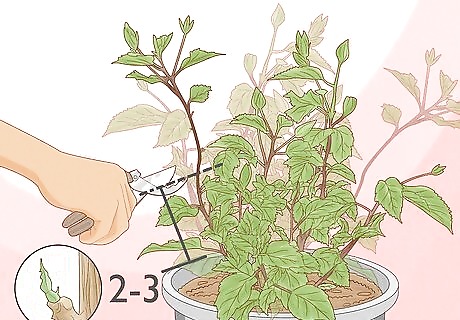
Do a full prune. Full pruning is the process of cutting back an entire hibiscus plant early in the season, so that you produce the loveliest crop of flowers available. Full prunes are bittersweet, as although they do cause your bush to produce the most flowers, they require cutting back nearly all of the hibiscus plant to start. Cut each branch on the hibiscus bush so that only 2-3 nodes remain per branch. Remember that you should never cut off more than ⅔ of any portion of a branch.
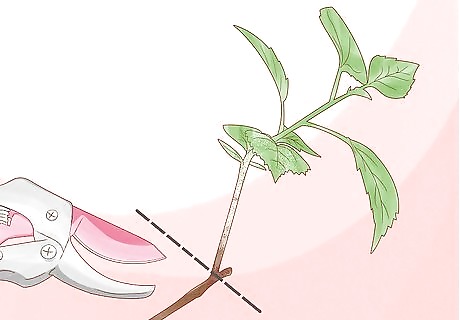
Try corrective pruning. As the name implies, corrective pruning is done when you need to fix an issue on the plant. Typically corrective pruning must be done on damaged or diseased portions of a hibiscus plant. Cut down as far as you must on damaged branches, until green wood is exposed after a cut. If you prune the branch but the wood is hard and white, it is dead and will not recover with new growth.
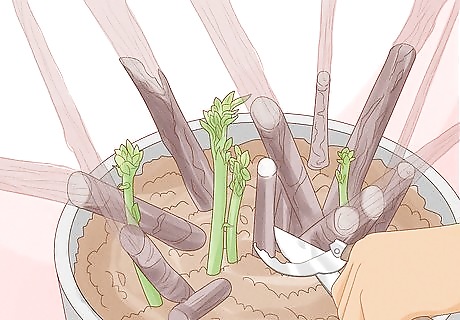
Do a hard prune. A hard prune is done only in the most drastic of situations when a hibiscus bush is nearly entirely dead or damaged. A hard prune involves cutting down all the branches to expose living growth, hopefully causing the plant to start growing again over time. A hard prune may not work if the plant is already dead, but by accomplishing it you'll at least know what the final state of your hibiscus is. Only hard prune in spring, never at other times of the year.



















Comments
0 comment